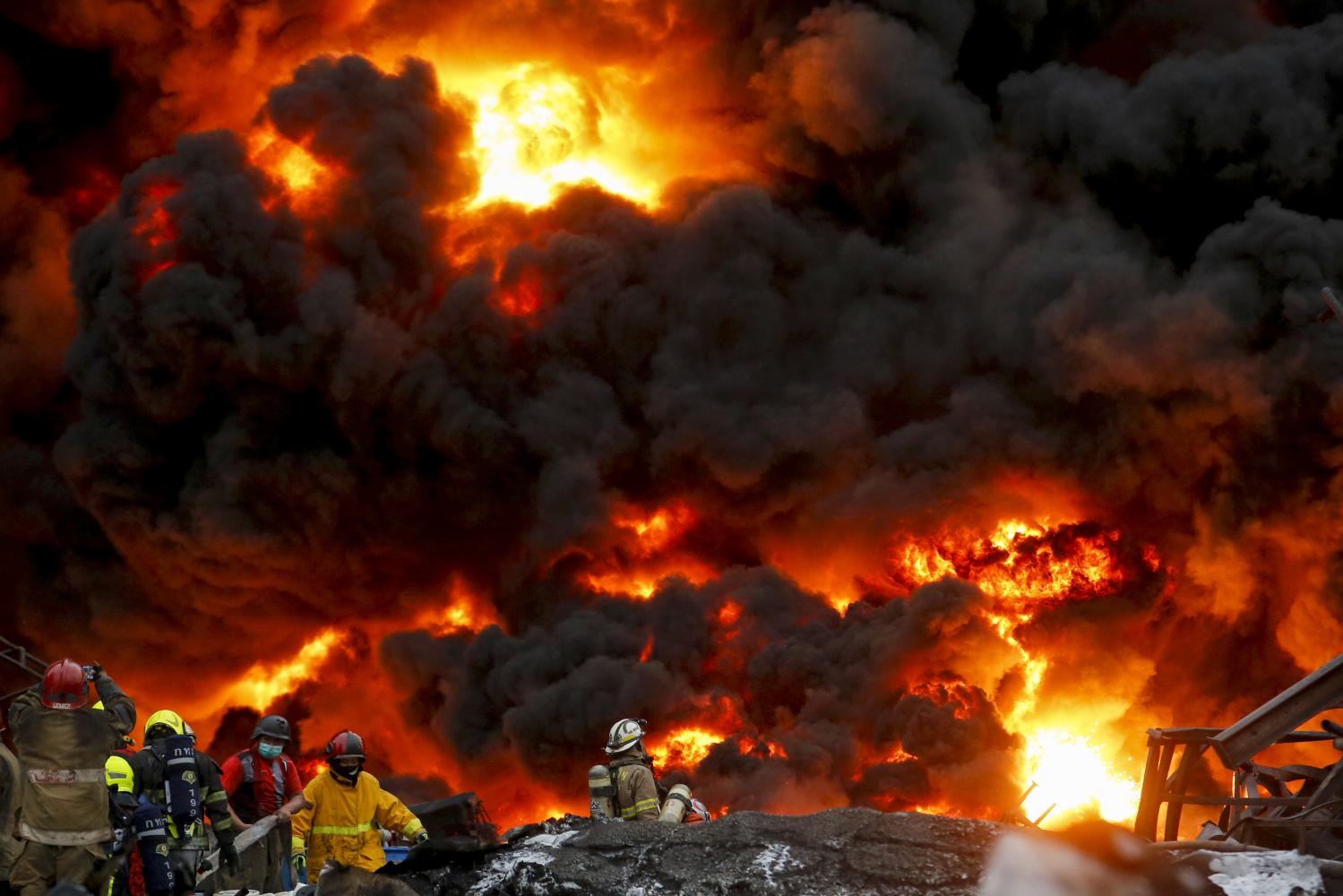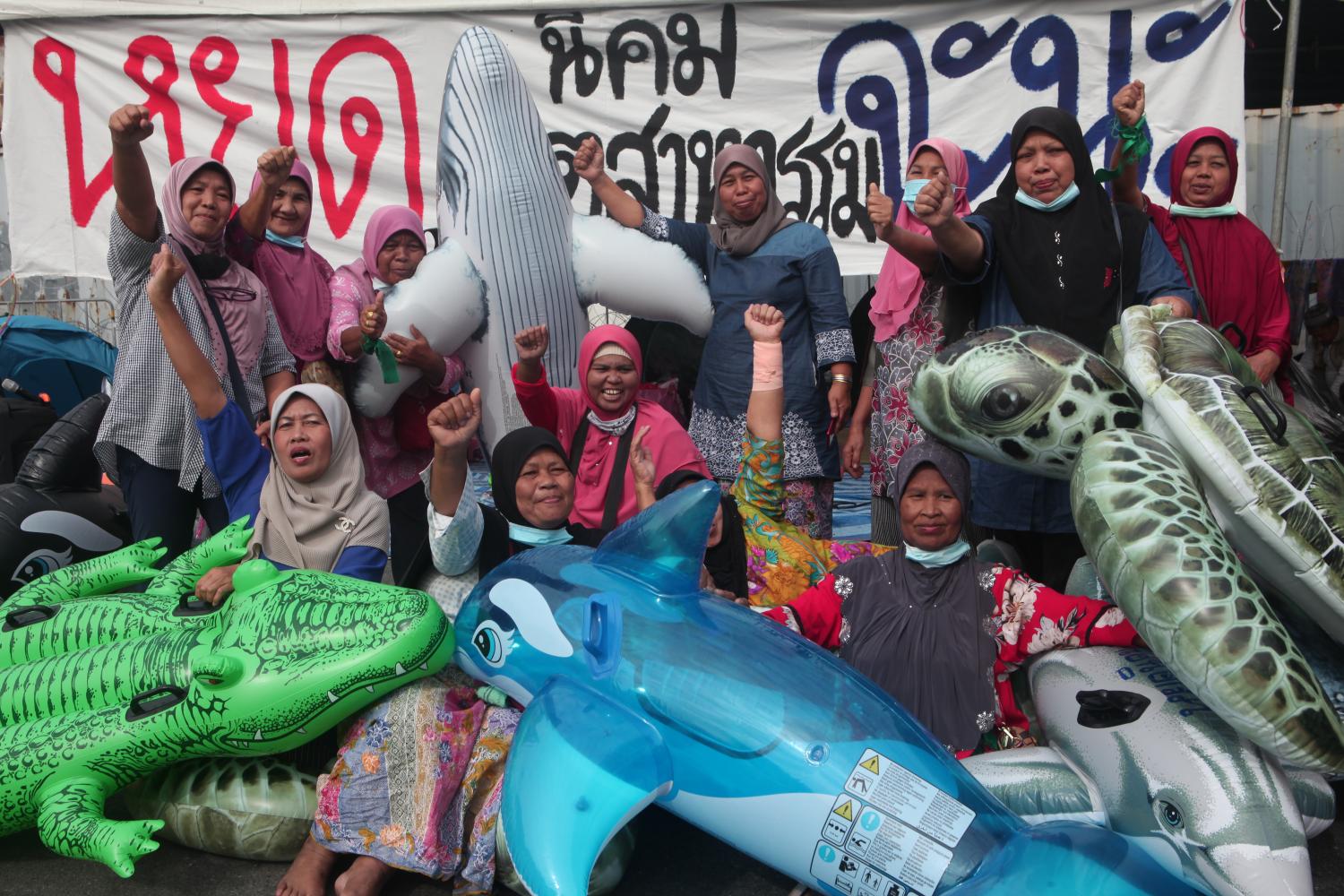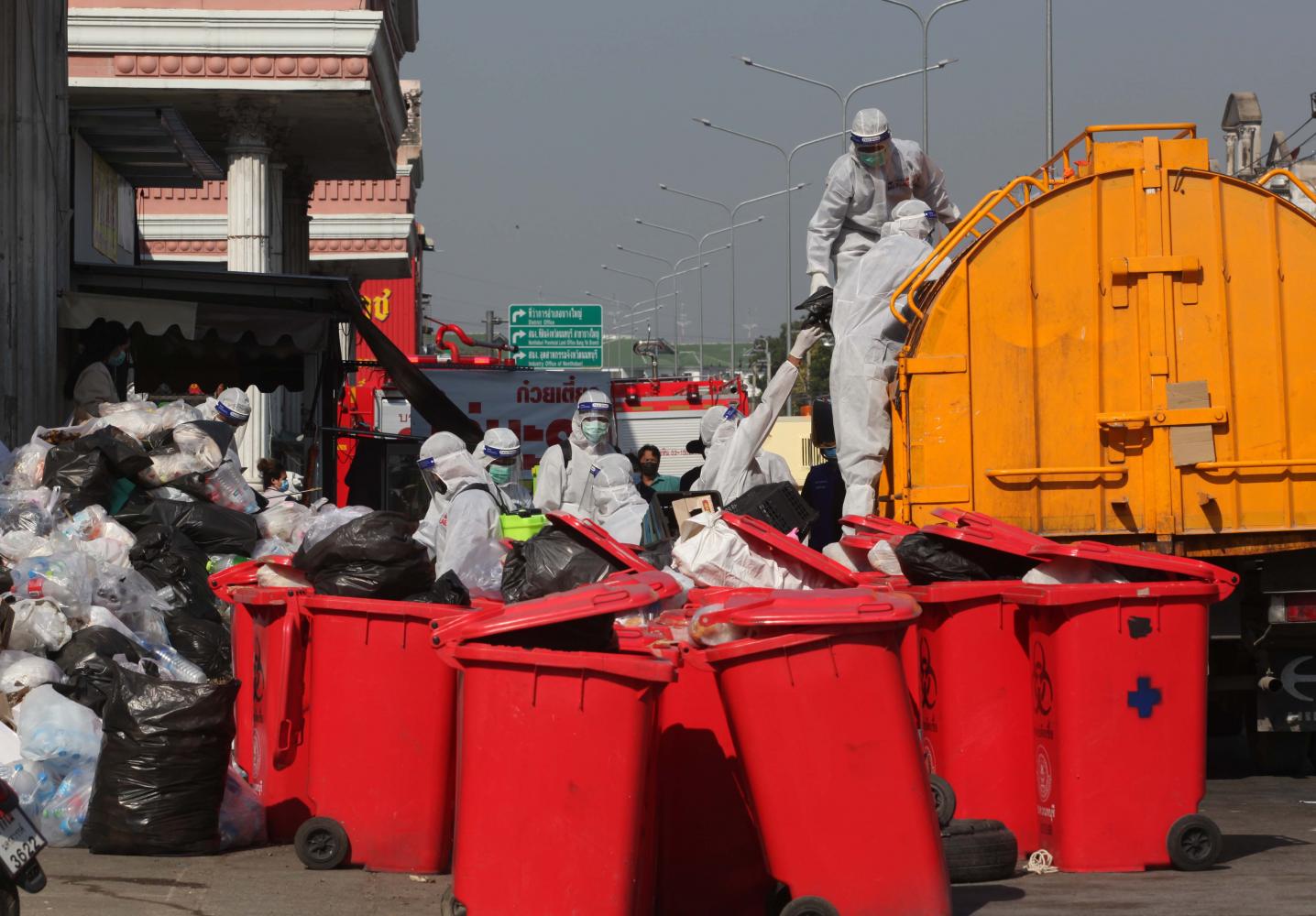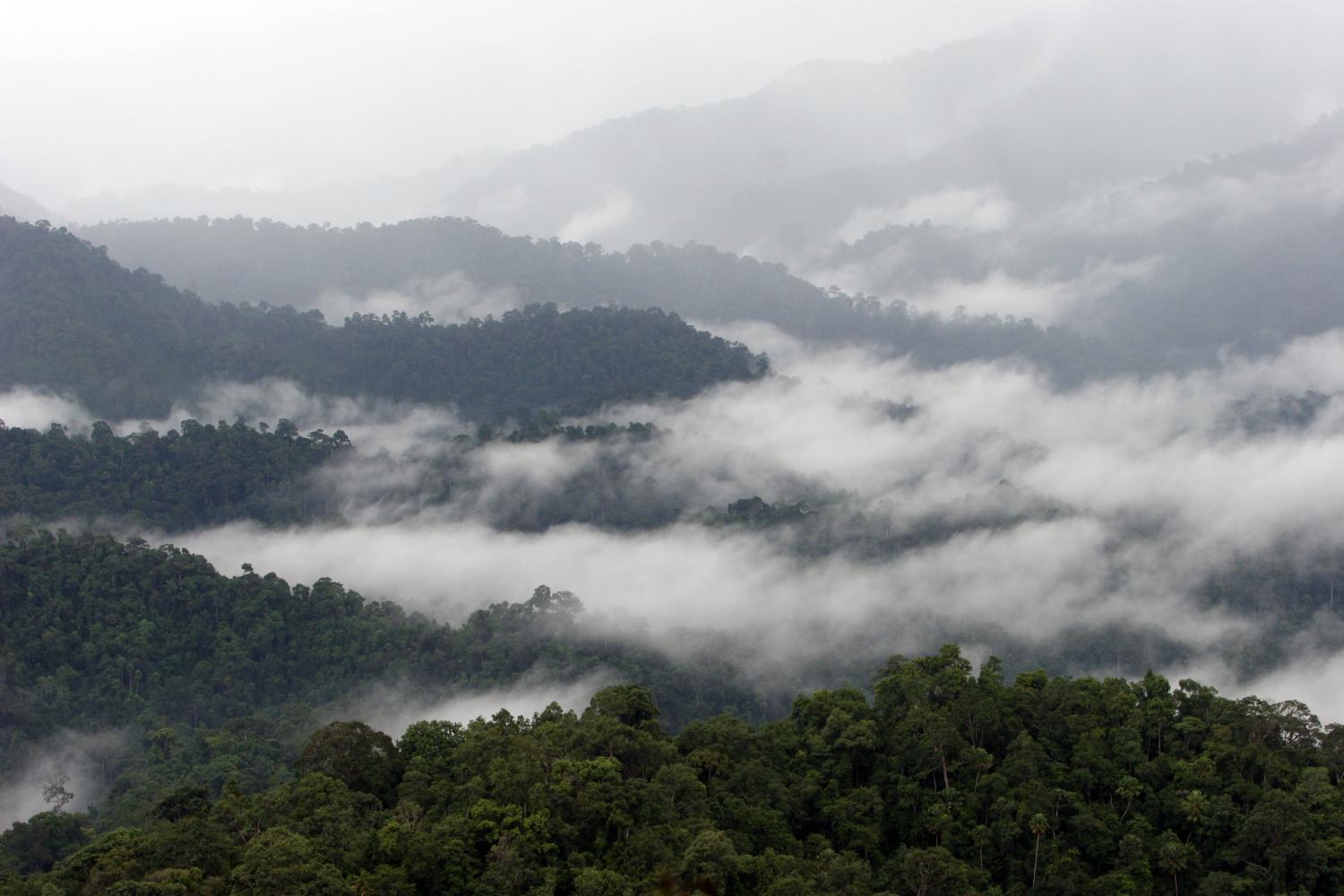
COP26
1The 26th UN Climate Change Conference, which took place in Glasgow (Scotland) from October 31 to November 12, was, aside from the Covid-19 pandemic. Leaders from around the world met to discuss new climate measures and update pledges of each country to reduce global warming.
The conference was held at an important time for the international community in order to reach a net-zero carbon emission target by 2050 and maintain a global mean temperature of 1.5C according to the Paris Agreement.
A recent UN Environment Programme (UNEP report) stated that humanity has only eight years to reduce global greenhouse gas emissions annually by 55% or 28 gigatonnes of equivalent CO2 (GtCO2e)
According to the Intergovernmental Panel on Climate Change, it is vital to keep the global temperature below 1.5C to avoid extreme climate change.
Prime Minister Gen Prayut Chau-ocha, Thailand’s Party to the Paris Agreement, has led a delegation of Thai delegates at the COP26 conference.
He announced that Thailand has committed to reducing greenhouse gas emissions by 20% in comparison to the current business-as usual (BAU) trajectory, which is based on the country’s most recent Nationally Determined Contributions.
He also said that Thailand had proposed the long-term low-greenhouse gas emission development strategies, (LT-LEDS), as a roadmap for the country to achieve net zero carbon emissions by 2065.
The Climate Action Tracker (CAT), however, found that Thailand’s climate promises were far too weak for them to make a significant contribution to the global effort. CAT also stated that Thailand’s efforts to decarbonize and transition to energy were too slow and unclear.
According to the Germanwatch Global Climate Risk Index 2021, Thailand ranks ninth among the top 10 most affected countries by climate change. In the coming years, Thailand will face one of its greatest challenges: strengthening its climate policies and actions.

A massive explosion and fire destroyed Ming Dih Chemical’s factory, which produced plastic pellets and foam, in Bang Phli district in the month of July. Wichan Charoenkiatpakul
Industry
2Environmental problems have been present for decades due to industrial pollution and hazardous waste. Despite the economic slowdown caused by Covid-19, these problems got worse this year, causing serious health and environmental impacts in many areas across the country.
The explosion at Ming Dih Chemical Co in Samut Prakan on July 5 was by far the most shocking incident involving a hazardous chemical, as the burning of styrene monomer storage tanks at this expendable-polystyrene production factory caused a blast which killed one firefighter, injured 40 others, and affected more than 80,000 people across four tambons in Bang Phli district.
The explosion also released dangerous chemicals into the atmosphere. Toxic fumes polluted the air and chemical enter nearby canals.
Ming Dih Chemical Co’s tragedy was just one example. Sonthi Kotchawat (an independent environmental expert) reports that at least 28 factory fires were reported for 2021. This is more than in previous years. Many people witnessed dangerous chemical leakages into their environment.
Illegal industrial waste dumping has also been a problem. The most serious incident occurred in Lop Buri where more than 300 barrels of toxic and chemical waste were dumped at tambon Di Lang in Phatthana Nikhom, causing severe chemical contamination.
Mr Sonthi stated that the rise in industrial mishaps and illegal dumping of industrial waste was partly due to the lack of investment in safety and environment protection by industrial operators, who want to reduce costs during Covid-19.

Songkhla’s Chana villagers gather at Chamai Maruchet Bridge, with inflatable marine animals, to protest against the government’s plan to build an industrial estate worth 18 billion baht on 16,700 acres of land in their coastal community. The area is rich in marine resource and marine resources. Apichart Jinakul
Development
3Wave after wave protestors came to Bangkok this year to protest the development of megaprojects within their area.
They included Save Nabon (Chana Rak Thin) and Chana Rak Thin (Save Nabon), which protested against Chana’s industrial park in Songkhla, and Nabon Clean Energy Power Plant at Nakhon Sri Thammarat. These groups were mostly made up of local residents who opposed the projects.
The Chana Rak Thin protestors arrived in Bangkok first. They staged a demonstration from Dec 6-15.
They said that the Southern Border Provincial Administrative Centre oversees the project. It involves a land grab operation that causes villagers to lose their land.
Protesters also claimed that the consideration process had been void of public participation and an Environmental Impact Assessment (EIA).
The Save Nabon protest was held in Bangkok shortly after Dec 18-24. It stated that they shared similar concerns with the Chana Rak Thin group. As a new biomass power plant project the Nabon Clean Energy Power Plant was proposed in Nabon district in Nakhon Sri Thammarat.
The group also demanded that the government conduct a SEA investigation in the area.
Despite being arrested and subject to police brutality, the protests were successful and the government agreed to their demands.
Protests against the Yuam Water Diversion project in the North, and breakwater construction at many beaches in coastal provincial provinces, also erupted during the year.

During the Covid-19 pandemic, infectious medical waste has risen. Pattarapong Chatpattarasill
Plastic pollution
4Despite the fact that waste management has been a government-decreed item on the national agenda since August 2014 many aspects of this problem, including infectious medical waste and plastics, are not just unsolved but are actually getting worse.
The Covid-19 pandemic, which was caused by the epidemic of Covid-19, was one of the main factors in the rise in plastic and infectious waste. The increased use of single-use plastic and medical devices such as face masks and gloves, and syringes due to treatment and prevention of Covid-19, led to an increase in the consumption of single and multi-use plastic.
According to the Kasikorn Research Center in Kansas, the amount generated by infectious waste in 2021 will exceed 61.3 million kilogrammes. That’s nearly twice the amount generated in 2019.
According to the Bangkok Metropolitan Administration’s Department of Environment, plastic waste collection has increased from 15% of total solid refuse to 25% of total waste collection.
Many provinces experienced an increase in infectious disease due to the accumulation of infectious waste. The amount and severity of infectious waste was greater than the waste incinerators could handle, causing waste to accumulate.
The state agencies have come up a solution. They allow the infected waste to be incinerated in private incinerators.
The problem does not end there.
The Pollution Control Department announced that it would continue the Roadmap on Plastic Waste Management. This includes banning four additional types of single-use plastic next years and encouraging plastic waste recycling to reach a goal of 100% plastic waste recycling by 2027.
However, the government extended the deadline to ban plastic waste imports by one year in September.
This decision was met with strong opposition by the domestic plastic recycling and collection businesses, as well as environmentalists.
They warned that allowing plastic waste imports could lead to harmful health and environmental effects for Thais. It would also disrupt the domestic market for plastic waste and harm the recycling sector.

The World Heritage Committee awarded Kaeng Krachan recognition for its unique biodiversity. Tawatchai Kemgumnerd
Kaeng Krachan
5After six years of trying to nominate Kaeng Krachan Forest Complex as a World Heritage site, the World Heritage Committee (WHC), decided in July to recognize the complex. This was a welcome decision for the government.
Kaeng Krachan Forest Complex is located in western Thailand on a vast tract of forestland. The WHC agreed that it has such a wide variety of unique flora & fauna that it meets the criteria for “universal exceptional value”.
Officially, the complex is the sixth World Heritage site in Thailand and the third natural World Heritage Site in Thailand. It covers an area of 408,940 ha. It consists of three national parks as well as one wildlife sanctuary in Ratchaburi and Phetchaburi.
Varawut Silapa-archa, Minister of Natural Resources and Environment, expressed appreciation and said that the move was a sign of greater efforts to preserve and preserve the forest complex.
However, Ban Bang Kloy’s Karen villagers in the park were extremely concerned by the status upgrade to their forest.
The Karen villagers have been fighting the park for their rights to live and preserve their traditional way. This battle has resulted both in forced relocations of the villagers, and the forced disappearance and arrest of Porlajee Billy Rakchongcharoen, a leading Karen activist.
The Kaeng Krachan Forest Complex has been home to the Karen villagers for many generations. However, they were concerned that the park might impose more restrictive rules to limit their communal rights, despite the fact that their ancestors have lived there for many generations.
They have urged government officials to recognize the rights of the Karen people in order to resolve the conflict.

